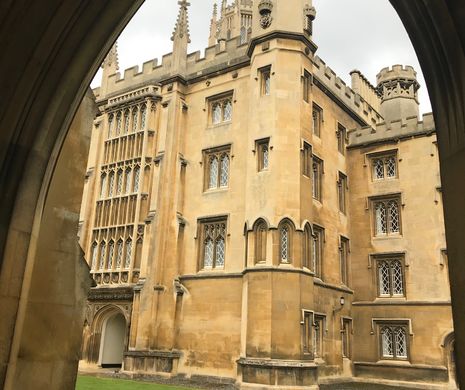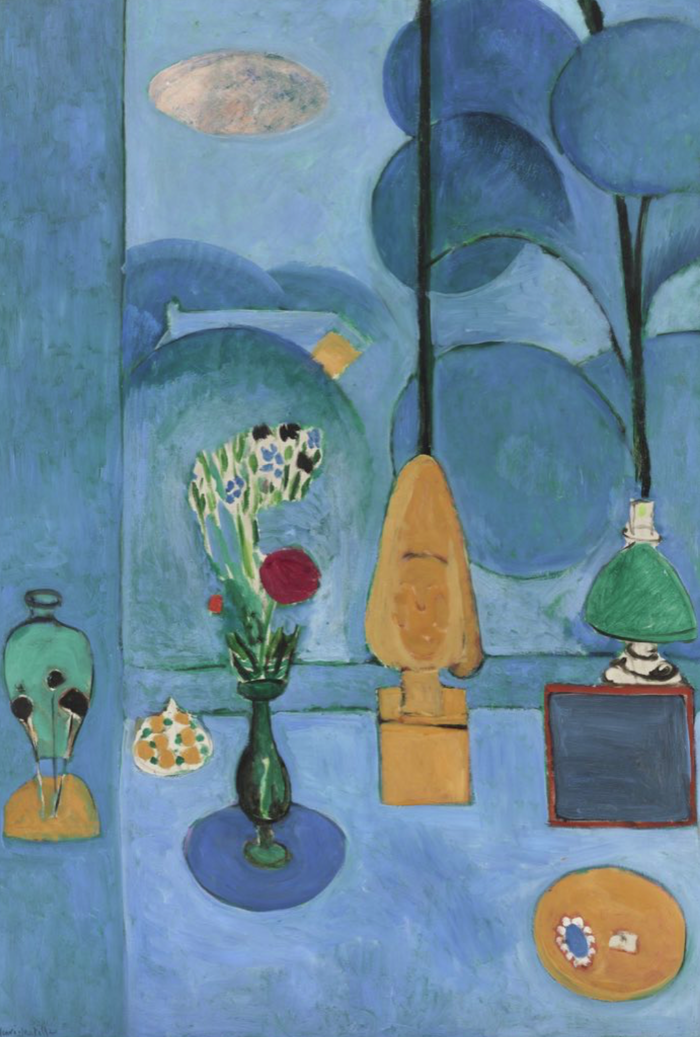Past and present: Our relationship with the Architecture of Cambridge
Cambridge is full of contrasts, architecturally and culturally. In this article Dominic Morgan discusses the impact of lockdown on our city as well as why we like the buildings we do.

The word ‘dystopia’ ran through my mind when seeing the streets and public spaces of Cambridge empty of people and signs of human activity during lockdown. An overused term and overabundant genre, dystopia may seem a cliché catch-all for any vision meeting our collective understanding of a post-apocalyptic society born from cultural ideas. Yet this is precisely why the word feels so apt in articulating the vision seen by so many of us during lockdown, of desolate roads and uninhabited city centres which we remembered so well as crowded, bustling spaces. When what was once nothing more than an idea suddenly becomes reality, our sense of the world uncomfortably shifts.
The absence of people fundamentally changes how we feel about architecture and public space. The urban environment we inhabit is designed for and relies on our presence, which is why abandoned buildings and empty urban areas seem so strange and unnatural. The worlds of dystopian novels into which we escape are unlike our own precisely because they are often deserted descriptions of our own reality. Cormac McCarthy’s Pulitzer Prize-winning dystopia The Road is chilling - with its bleak plains bare in the aftermath of some uncertain cataclysm, hijacking the societal unease of a post-911 West in which society’s fragility becomes painfully exposed. In a way, we are the glue holding together the idea of community, bound to the idea of civilization. So, when we no longer see ourselves in collective spaces, we start to sense this connection giving way, cracks forming in the brickwork, and suddenly Yeats and Chinua Achebe start to make a lot more sense when they tell us how ‘things fall apart’.
“suddenly Yeats and Chinua Achebe start to make a lot more sense when they tell us how ‘things fall apart’”
Yet while crowds may be transient, buildings give a sense of solidity and permanence. In colleges and streets, centuries-old buildings stand shoulder to shoulder with new ones. But this seems not so much a dissonance as a tapestry made richer by interwoven modernity and history. After all, architecture breathes character into public spaces just as our presence gives them life.
This intersection between old and new buildings points to the wider coexistence of the phenomenon beyond Cambridge. Modern architecture to some appears duller than that which has endured from history, with many preferring ornate buildings with an allure of time and prestige which more classical designs can convey. Only last year, Donald Trump signed an executive order formalising classical architecture as the preferred style of new federal buildings, revealing deep-seated preferences in style.
“many preferring ornate buildings with an allure of time and prestige which more classical designs can convey”
There is something more profound at work in preference for traditional architecture over modern. Mehaffy and Salingros suggest a psychological factor. Discussing resilience theory and modernity, they argue modernist architecture fatally disregards the more natural and pleasing capacities older architecture provides. Condemning ‘the exceptionalism of modernism’, they note that older structures are far more resilient at handling ‘shocks to the system’ in a similar way to biological organisms, compared to their modern counterparts. They even point out that architectural ornamentation resembles the fractal mathematics of nature.
So why, then, do architects nowadays often design buildings people feel are ugly? We are not immune from this in Cambridge either, with fierce opposition facing Emmanuel College’s proposed redevelopment which some say had a ‘bland modern vernacular style’. Mehaffy cites ‘construal level theory’ as a psychological reason behind what some see as this aesthetic decline: ‘where most people look for characteristics that help buildings to fit in and to increase the overall appeal of their surroundings,’ he writes ‘architects seem to focus narrowly on the attributes of buildings that make them stand out’. This rings true, with modern architecture’s clashing designs often leading, in T. S. Eliot’s words, to ‘streets that follow like a tedious argument’.
But our pursuit of beauty in heritage has its own problems. The rise of facadism indicates our complicated relationship with this aesthetic. Eminent in London and other places across the globe, the practice preserves the existing facade of an old building while constructing a new modern one behind or within it. This often ends up producing chimeras which look nothing short of Frankensteinian. The National Gallery Singapore’s interior is a bizarre exemplar of this amplified conjunction of the old and new. Perhaps telling is the fact that the building featured in Westworld as a patently futuristic location, for who can tell where this trend will lead?
Architecture is quite literally foundational to societies and culture. Though covid restrictions hamper our ability to gather, when it is possible to do so there is something vital about social congregation in public spaces, something inspiring in seeing architecture transformed into a living, breathing backdrop to socialising and existing. Perhaps King’s Parade, with its wall bedecked with chatting people and streets lined by both ancient college buildings and modern establishments, truly exemplifies the power and joy arising from the relationship between architecture and people.
 Comment / Plastic pubs: the problem with Cambridge alehouses 5 January 2026
Comment / Plastic pubs: the problem with Cambridge alehouses 5 January 2026 News / Cambridge businesses concerned infrastructure delays will hurt growth5 January 2026
News / Cambridge businesses concerned infrastructure delays will hurt growth5 January 2026 News / New movement ‘Cambridge is Chopped’ launched to fight against hate crime7 January 2026
News / New movement ‘Cambridge is Chopped’ launched to fight against hate crime7 January 2026 News / AstraZeneca sues for £32 million over faulty construction at Cambridge Campus31 December 2025
News / AstraZeneca sues for £32 million over faulty construction at Cambridge Campus31 December 2025 Interviews / You don’t need to peak at Cambridge, says Robin Harding31 December 2025
Interviews / You don’t need to peak at Cambridge, says Robin Harding31 December 2025










